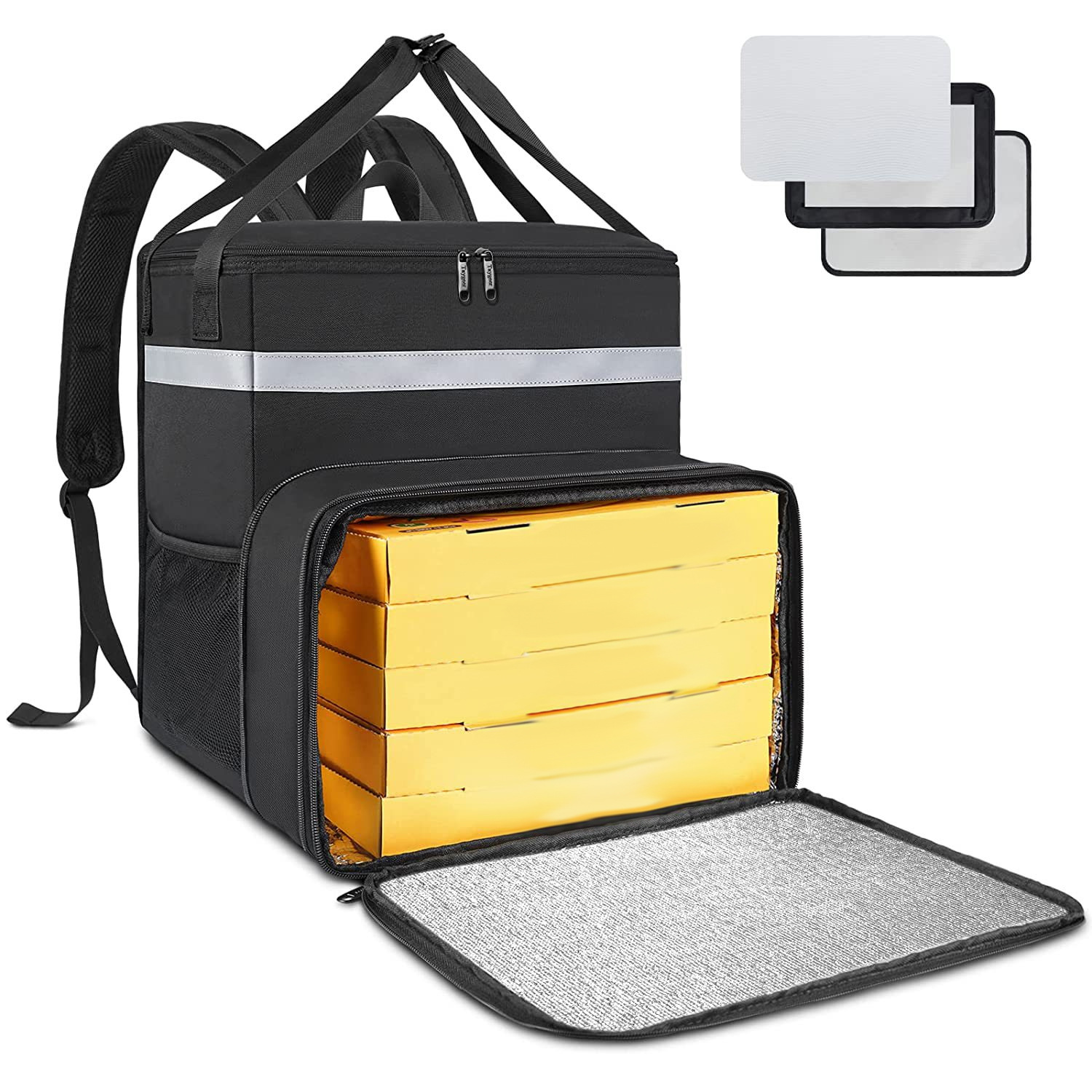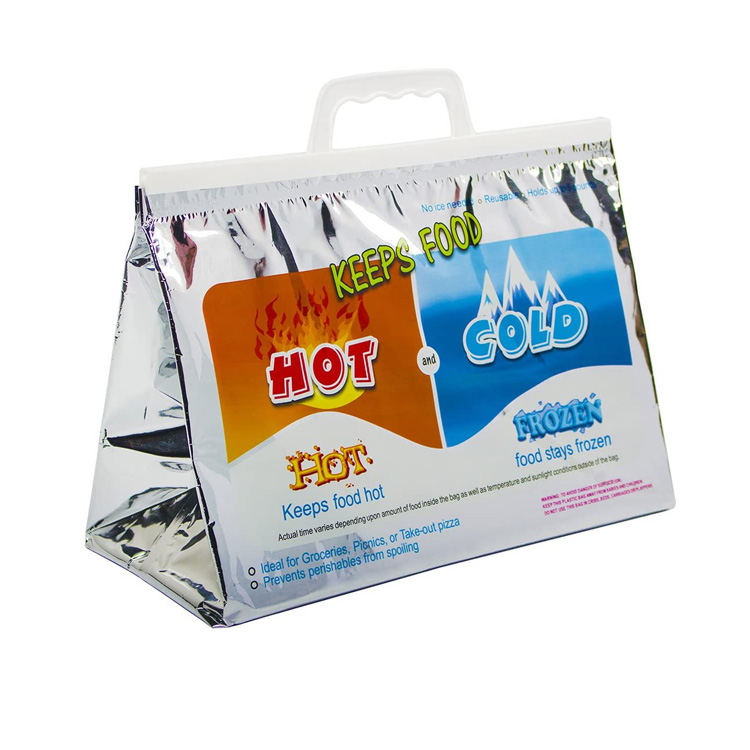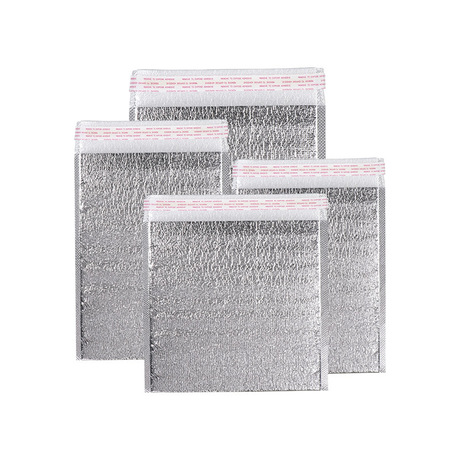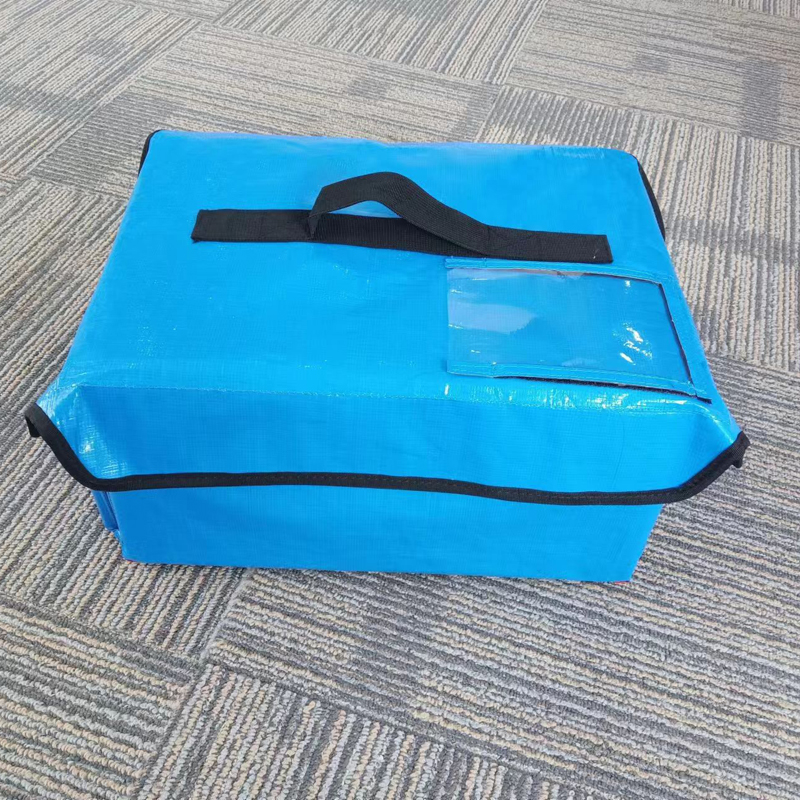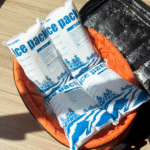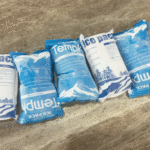Water-filled ice packs commonly experience seal failures during use, which not only affects their cooling efficiency but may also result in leakage. Understanding the causes of seal failure can help you use and maintain ice packs more effectively. Here are the main reasons for seal failure:
1. Manufacturing Process Issues
Water-filled ice pack seals are typically formed through heat sealing or ultrasonic welding. If temperature, pressure, or time control during production is improper, the seal may be incomplete, creating weak points. These weak areas are more susceptible to breaking under pressure, friction, or external force during use.
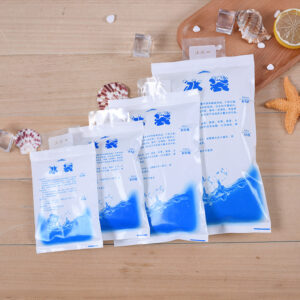
2. Uneven Materials
If the material thickness of the ice pack is uneven or inconsistent in quality, the seal may experience uneven stress, increasing the risk of breakage. When thinner or lower-quality material is used at the seal, it becomes more susceptible to deformation or breakage under pressure, which can affect the lifespan of the ice pack.
3. Overfilling
Overfilling the ice pack leads to excessive internal pressure, especially at the seal. The concentrated pressure at the seal can cause it to fail. Overfilling not only increases the risk of leakage but also raises the likelihood of the ice pack rupturing.
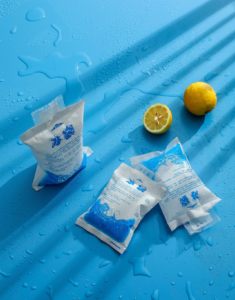
4. External Impact or Friction
Ice packs may encounter external impacts or friction during transport, storage, or use. Collisions with hard objects or sharp items, especially at the seal, can damage the material, compromise the seal, and lead to seal failure.
5. Aging and Prolonged Use
Over time, particularly with frequent use or exposure to high temperatures and sunlight, the material of the ice pack gradually deteriorates. The elasticity and strength of the material decline, weakening the seal’s ability to withstand stress, making it more prone to failure.
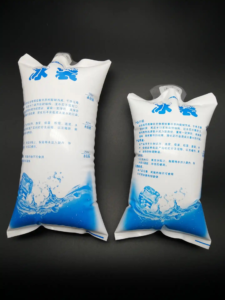
6. Temperature Fluctuations
Temperature fluctuations also contribute to seal failure. Rapid temperature changes, particularly from high to low temperatures, cause internal water expansion that may increase pressure at the seal, which can lead to rupture.
Conclusion
The causes of water-filled ice pack seal failure are primarily related to manufacturing processes, material quality, overfilling, external forces, and environmental conditions. Understanding these causes can help consumers use and maintain ice packs more effectively, reducing the risk of seal failure and extending the ice pack’s lifespan. By following proper usage guidelines, performing regular checks, and storing the ice packs correctly, their durability can be significantly improved.







